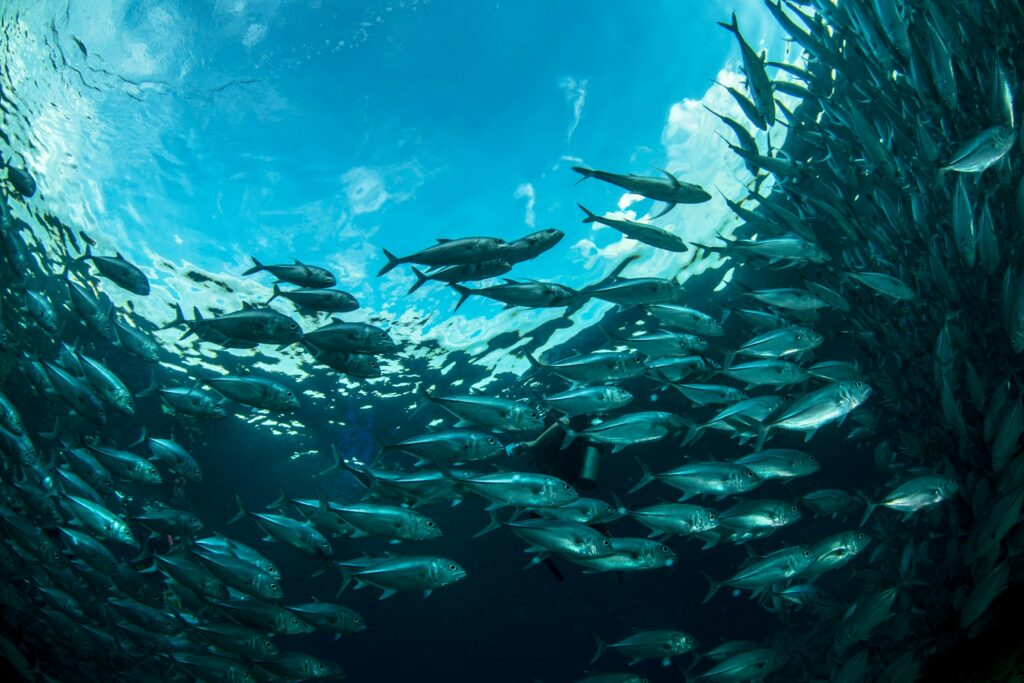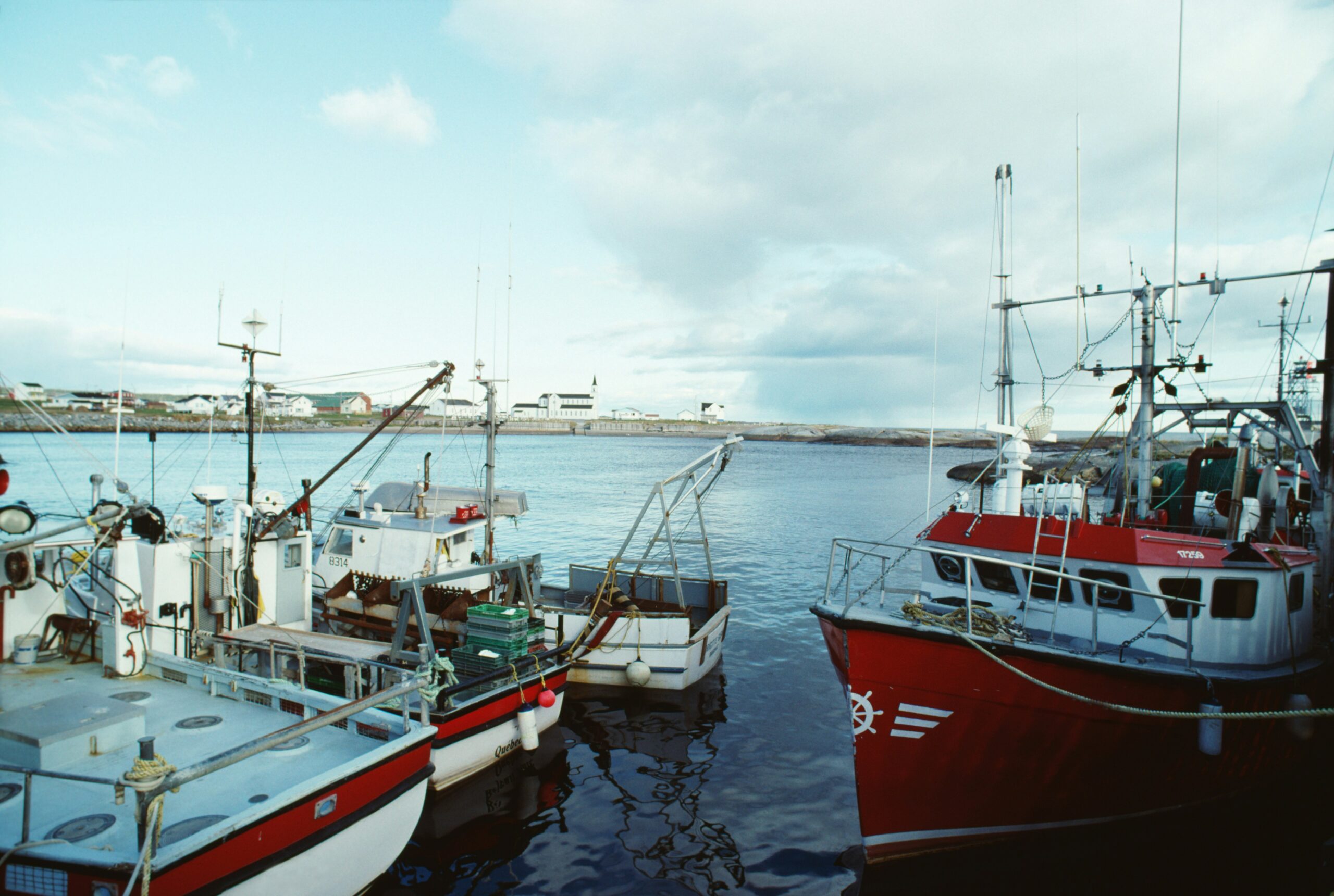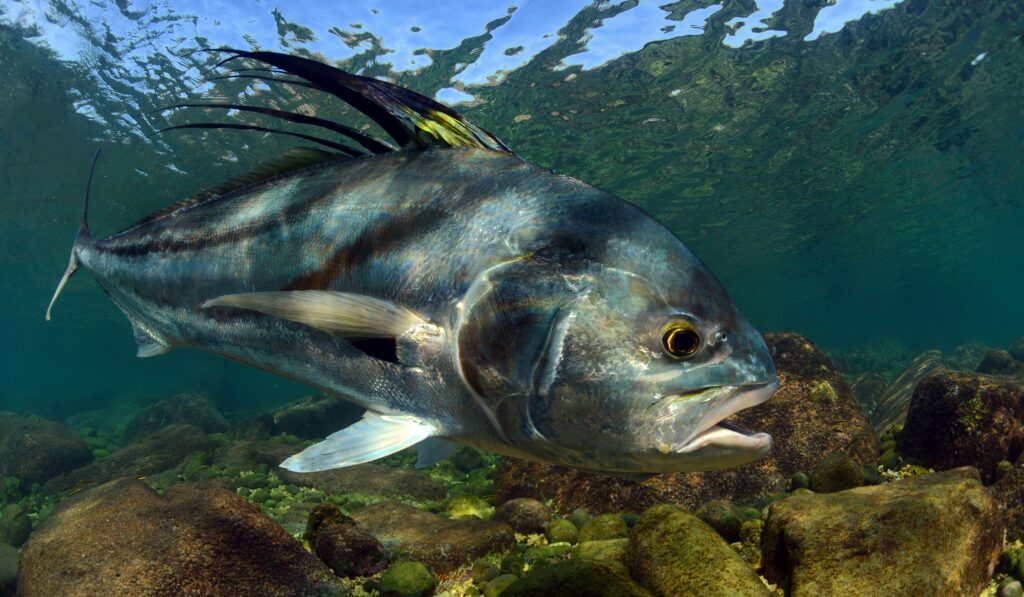Author: Sanuli Wijayasundara
Date: July 18, 2024

Area of Impact:
Atlantic Canada
Article Information and Location:
Fish biomass loss possible in Atlantic Canada amid rising emissions, researcher says
Cassidy McMackon, CBC News, July 17, 2024
INTRODUCTION
As the world heats up, the fish in our oceans are swimming into troubled waters. A recent study from the Food and Agriculture Organization of the United Nations (FAO) warns that unchecked greenhouse gas emissions could lead to a dramatic 30% drop in global fish populations by the end of the century. This chilling projection includes species in Atlantic Canada, where rising temperatures are threatening marine biodiversity and the livelihoods of local fishers.
The FAO’s report highlights that a rise in global temperatures would severely impact fish biomass across almost 50 countries, with marine ecologists revealing that Maritime fisheries are particularly vulnerable. To mitigate these effects, the FAO calls for tailored, region-specific strategies, emphasizing that immediate action is needed to protect both marine ecosystems and the communities that depend on them.

INFORMATION AND SIGNIFICANCE
In their prediction of a troubling future for global fish populations, including those in Atlantic Canada, the FAO researchers measured that even a 3 to 4°C rise in global temperatures would severely impact fish biomass across 48 countries.
The FAO predicts that countries heavily reliant on seafood, like China, are expected to face some of the most significant impacts, with up to a 31% reduction in fish catches. Conversely, in the case that there are lower carbon emissions (involving a temperature rise of just 1.5 to 2°C), this could limit global fish losses to under 10%.
Marine ecologist Andrea Bryndum-Buchholz from Memorial University, one of the study’s contributors, emphasizes that Canadian fisheries, particularly in the Northwest Atlantic, are at risk. The report highlights that three-quarters of the East Coast’s protected marine areas are located in regions experiencing rapid warming. This warming could place severe pressure on local fish populations and the fishing industry, which is vital to the Maritimes’ economy.
The FAO suggests that a region-specific approach is needed for managing fish populations. This would involve increased investments in monitoring fish biomass and adjusting fishing practices to mitigate the effects of climate change. For instance, early signs of biomass decline could prompt tighter catch restrictions and adjustments to marine protected areas.
Areas such as the Scotian Shelf, the Laurentian Channel, and the rapidly warming Gulf of St. Lawrence, are expected to experience significant declines in fish populations. Here, the findings underscore the urgent need for targeted conservation strategies to ensure the sustainability of fisheries in Atlantic Canada.

CONCLUSION
In summary, fish populations in Atlantic Canada are facing a looming threat from climate change. The FAO study shows us that unchecked greenhouse gas emissions could lead to a drastic decline in fish biomass by the end of the century. As temperatures rise, fish migration patterns and population dynamics will shift, affecting the local fishing industry and marine ecosystems. It is crucial for Atlantic Canadians to be aware of these changes and to support sustainable practices and policies aimed at mitigating the impact of climate change on fisheries to ensure the continued health and productivity of the region’s marine resources.
